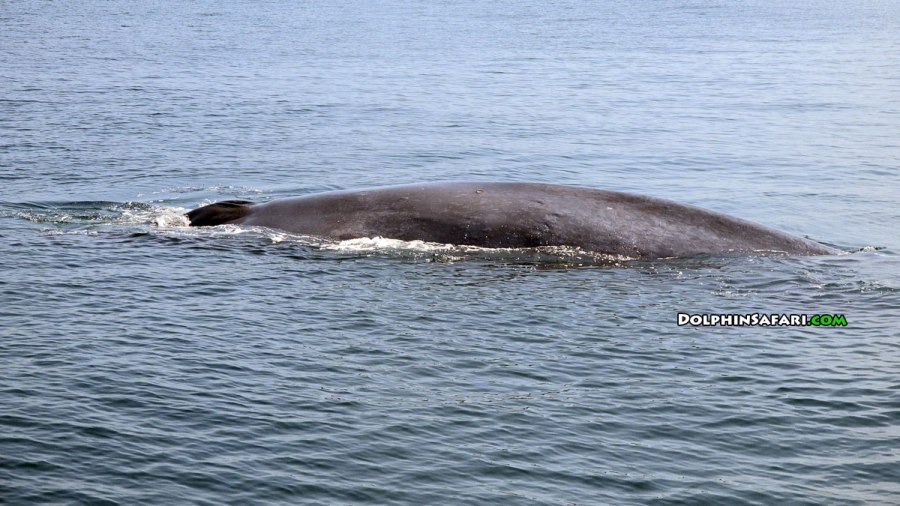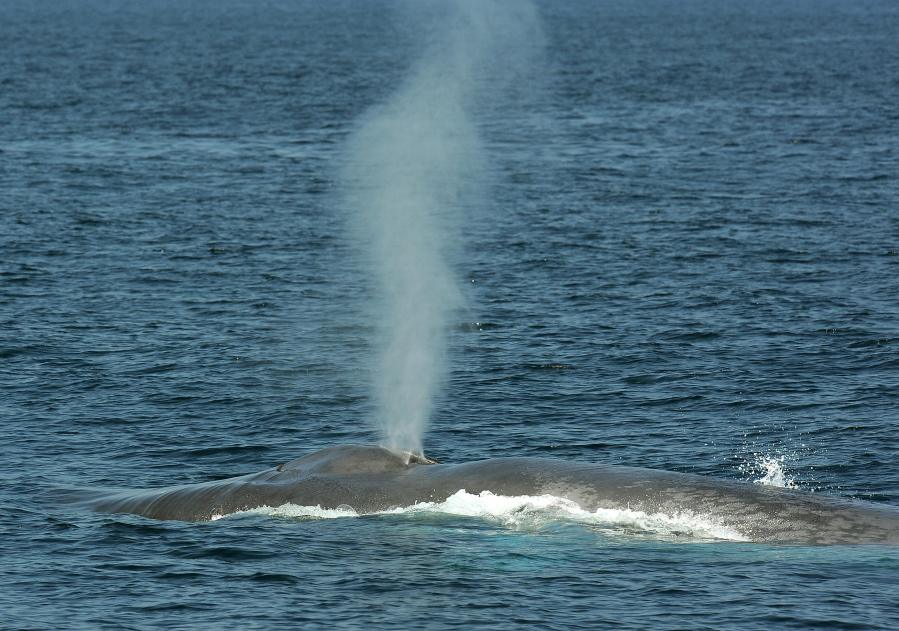Everyone loves a good comeback, and one of the most impressive stories in Southern California is still being written – the resurgence of Pacific blue whales.
If you’ve recently taken a Southern California whale-watching tour, you may have been lucky enough to come across earth’s largest animal. Pacific blue whales grow up to 110 feet long and can reach a weight of 200 tons. They spend their winters off the coast of Mexico, but migrate north for summer feeding, and Californians are seeing them with more regularity.
Decades ago, blue whales were nearly hunted to extinction, and although still listed as protected under the Endangered Species Act, marine biologists and researchers are heralding a “conservation success story,” unlike any other.

According to a study published in 2014 by researchers at the University of Washington, the West Coast blue whale population has bounced back at tremendous levels, recouping 97% of its pre-whaling population since whaling was outlawed throughout much of the world in the 1970s.
The whaling industry nearly drove blue whales to extinction, and although their numbers continue to teeter across the globe, many changes have been made in the Pacific waters that have proven to be effective in helping to protect the local whale population.
Jennie Dean is Vice President of Education and Conservation at the Aquarium of the Pacific. She says the approach to reducing whale mortalities has been multipronged and has involved the cooperation of many.
“There were restrictions put into fishing gear that negatively interacts with whales, so there can be entanglements with these large mammals and static fishing gear – gear that’s fixed to the bottom. So that’s one way that we reduce the number of uptakes or mortalities that happened,” Dean said.
Another way conservationists have successfully reduced whale deaths is by reducing interactions between whales and large ships, which strike the whales and can lead to instant death or serious internal injuries that later prove to be fatal.
“It’s estimated that ship strikes could take up to 18 whales a year in this particular population and the variability really depends on the density of ships,” Dean said. “So in other parts of the world, the number of ship strikes might vary, but we’ve done a good job here in the United States of recognizing this high source of mortality and taking management measures to adjust ship speeds and the locations where the ships are permitted to go.”
In America, large ships are restricted to designated shipping lanes. In certain areas where whales are found at higher regularity, like the Santa Barbara Channel, shipping lanes are regularly adjusted to avoid any collisions with whales, including blues, fins and humpbacks.

When shipping lanes are identified as problems, the International Maritime Organization, the National Oceanic Atmospheric Administration and the United States Coast Guard work together to find solutions. Many shipping companies have agreed to reduce ship speed when going in and out of California ports.
By changing regulations regarding fishing equipment, entanglements have declined. By modifying shipping lanes, ship strikes have gone down as well. It’s welcome news to conservationists and scientists alike.
Scientists have also recorded a bounce back in humpback whale and northern elephant seal populations, which may be partly due to the same fishing and shipping reforms made to protect blue whales.
But despite the steps taken to restore the blue whale numbers, the animals are still endangered. The most up-to-date figures estimate between 1,900 and 2,200 blue whales in and around Southern California, with anywhere from 10,000 to 25,000 blue whales across the globe. The World Wildlife Fund estimates there may have been as many as 250,000 blue whales globally at their peak.
And of course, those numbers are only estimates. Whales are particularly difficult to count, but some are tagged and tracked for years, and others have distinct characteristics that help scientists keep track of them.
But even the most conservative of estimates are reason enough to celebrate. There is still much ground to make up, but Dean and other scientists remain encouraged by the local successes, which she says is a job that requires everyone’s cooperation.
“It’s not just one entity that is contributing to the success of the populations rebounding; it’s really the efforts of everyone,” Dean said. “When we’re able to take collective action and think about balance, such that people and the activities that we want to support like shipping, like recreational use, like commercial fishing, all of those things can coexist.”
While the Aquarium of the Pacific doesn’t typically conduct its own research, it does contribute to research initiatives to monitor and advocate for the health of the ocean and its diverse species. Dean says one of the best ways to truly experience the scope and majesty of these massive creatures is to visit the aquarium, which has full-scale replicas hanging from the facility ceiling.
She also encourages everyone to remain optimistic about the work being done to protect the ocean and its inhabitants, because the more we collaborate on shared goals, the more we can accomplish.
“There is an opportunity for regrowth and restoration if we think about this balance and work together,” she said.




















